BST Plastic Surgery [Tax Refund Shop] (비에스티성형외과 [사후면세점])
6.0Km 2024-04-16
6-7F Inam Bldg., 616, Yeongdong-daero, Gangnam-gu, Seoul
-
Gaehwaok (개화옥)
6.0Km 2019-08-05
7, Apgujeong-ro 50-gil, Gangnam-gu, Seoul
+82-2-549-1459
This restaurant specializes in tasty bulgogi served in an attractive atmosphere. Lightly spiced, and a high-grade beef, bulgogi is cooked on a Korean-style brazier for optimum temperature and taste. Also famous are bossam, consisting of sliced pork and kimchi, and spicy beef and vegetable salad. A delicious meal goes well with a selection of over 50 name value wines for an affordable price.
Miss Gee Collection [Tax Refund Shop] (미스지콜렉션)
6.0Km 2024-04-23
12, Apgujeong-ro 60-gil, Gangnam-gu, Seoul
-
Jaunam Hermitage (자운암)
6.0Km 2023-05-08
Gwanak-ro, Gwanak-gu, Seoul
+82-2-882-3839
Jaunam Hermitage was originally built in 1396 by Great Monk Muhak of Joseon dynasty. It was renovated in 1734, and finally took shape of the hermitage we know today in 1976 when Monk Boryun added Daeungjeon Hall, Chilseonggak Pavilion, and Sansigak Pavilion. It is currently located in the famous Jahadong Valley on the Seoul National University campus.
Cheongdam Park (청담공원)
6.0Km 2021-07-30
26, Yeongdong-daero 131-gil, Gangnam-gu, Seoul
+82-2-3423-6248
Up until the early 1960's, people would cross the Hangang River from Ttukseom Ferry Dock and arrive in Cheongdam-dong. Although highly developed, Cheongdam Park remains as a soothing natural oasis that is relatively untouched by city pollution. Following the trail, there is a small exercise area and playground. The park is quite crowded in the morning with people exercising. The tightly woven trees in the park offers a resting place to enjoy fresh air. The park size is 59,347 ㎡.
Mandujip (만두집)
6.0Km 2017-01-25
338, Apgujeong-ro, Gangnam-gu, Seoul
+82-2-544-3710
Mandujip has operated for 30 years, offering simple and neat Pyeongan-do-style mandu guk (dumpling soup).
E-Mart - Gwacheon Branch [Tax Refund Shop] (이마트 과천)
6.0Km 2024-04-22
11, Byeoryangsangga 3-ro, Gwacheon-si, Gyeonggi-do
-
Burberry - Cheongdam Branch [Tax Refund Shop] (버버리 청담)
6.0Km 2024-04-22
459, Dosan-daero, Gangnam-gu, Seoul
-
SI Chrome Hearts - Cheongdam Branch [Tax Refund Shop] (SI 크롬하츠 청담)
6.0Km 2024-04-18
1F, 24, Seolleung-ro 162-gil, Gangnam-gu, Seoul
-
Gwanaksan Mountain (관악산)
6.0Km 2023-01-02
Gwanak-ro, Gwanak-gu, Seoul
+82-2-879-6521
Reaching 632.2 meters in x_height, Gwanaksan Mountain is the symbol and pride of Gwanak-gu district in Seoul. Most of the cultural heritage of the district originates from Gwanaksan Mountain. Since it was designated as a city natural park in 1968, it has continued to serve as a favorite place for relaxation and excursion for Seoul citizens. The various rocky peaks and the deep valleys give the mountain a rugged feel. The mountain's size and close proximity to Seoul make it easy for Seoul residents to make a day trip.
In the spring, cherry blossoms are in full bloom near the entrance to the mountain, and a Rhododendron Festival is held when the rhododendrons are in full bloom. At the mountain's summit are Wongaksa Temple and Yeonjuam Hermitage, which were built by Taejo Yi Seong-gye (the founder of the Joseon dynasty) to ward off misfortune when he decided to move the capital to Seoul. There are also other temples and hermitages, and a ground radar observation post. Yeonjudae Hermitage, located atop a cliff, is where all the hiking trails of Gwanaksan Mountain meet.

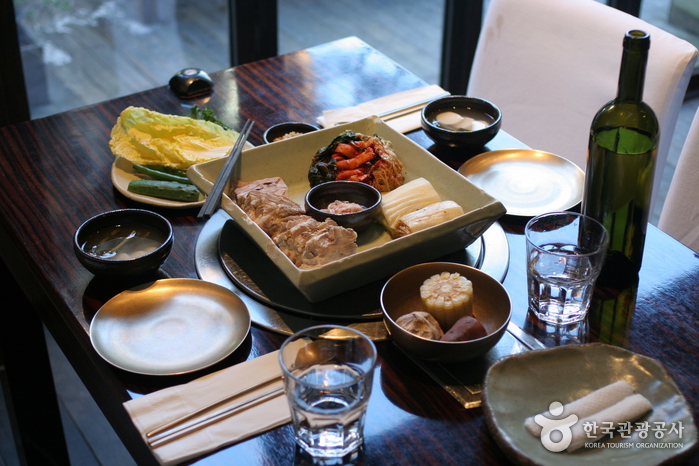
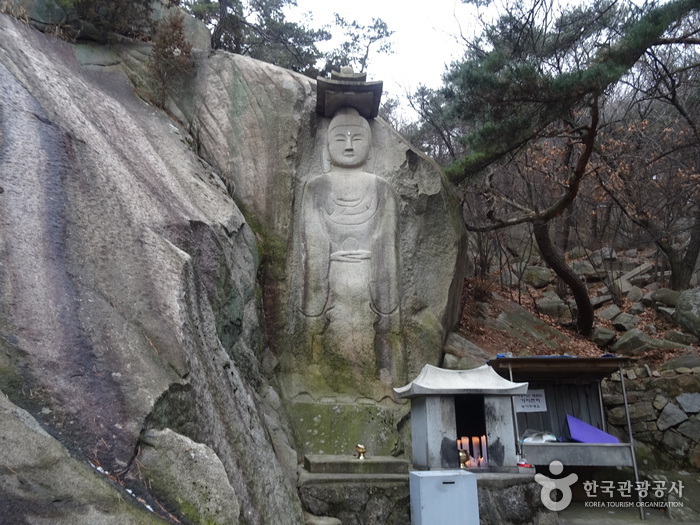
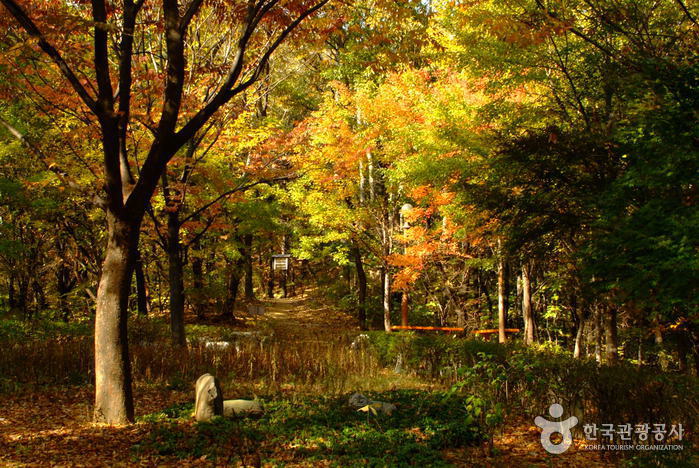
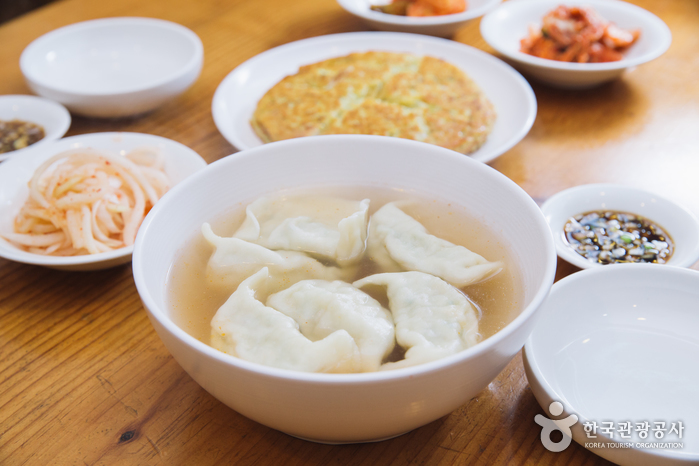
![E-Mart - Gwacheon Branch [Tax Refund Shop] (이마트 과천)](http://tong.visitkorea.or.kr/cms/resource/88/2881788_image2_1.jpg)
![Burberry - Cheongdam Branch [Tax Refund Shop] (버버리 청담)](http://tong.visitkorea.or.kr/cms/resource/94/2887994_image2_1.jpg)
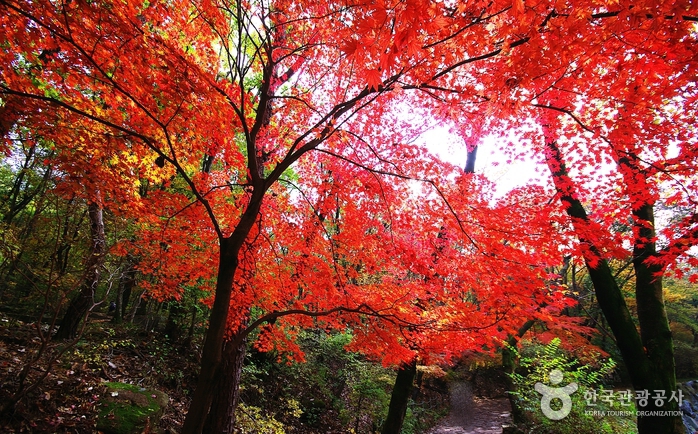
 English
English
 한국어
한국어 日本語
日本語 中文(简体)
中文(简体) Deutsch
Deutsch Français
Français Español
Español Русский
Русский